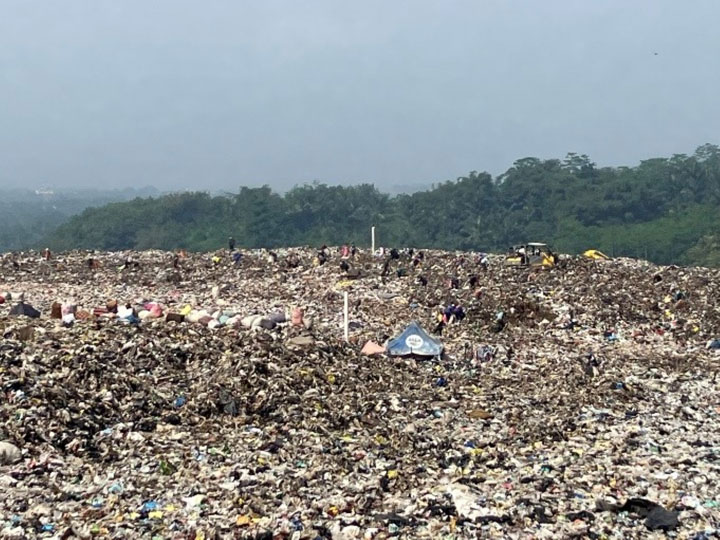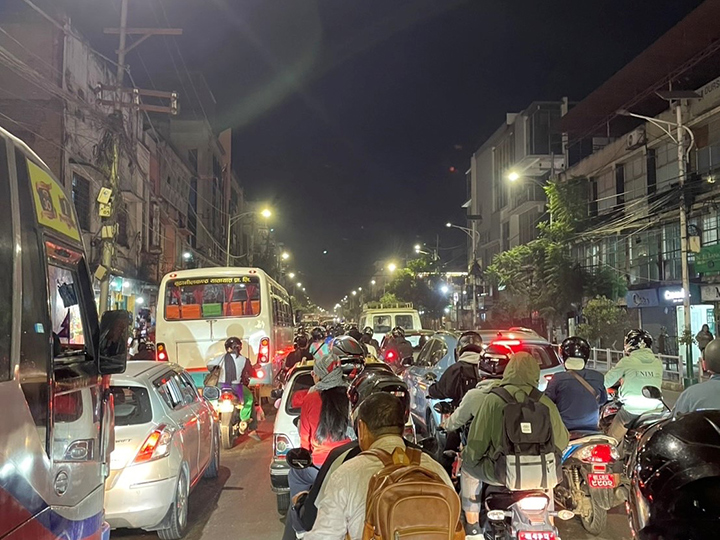2025-02-26 ニューヨーク大学(NYU)
An aerial view of Karachi, Pakistan identifying the city’s green spaces.
<関連情報>
- https://www.nyu.edu/about/news-publications/news/2025/february/new-ai-system-accurately-maps-urban-green-spaces–exposing-envir.html
- https://dl.acm.org/doi/10.1145/3716370
新しいデータ補強パラダイムを用いたパキスタン・カラチの衛星画像による緑地の定量化 Quantifying greenspace with satellite images in Karachi, Pakistan using a new data augmentation paradigm
Miao Zhang, Hajra Arshad, Manzar Abbas, Hamzah Jehanzeb, Izza Tahir, Javerya Hassan, Zainab Samad, Rumi Chunara
ACM Journal on Computing and Sustainable Societies Published:08 February 2025
DOI:https://doi.org/10.1145/3716370
Abstract
Greenspaces in communities are critical for mitigating effects of climate change and have important impacts on health. Today, the availability of satellite imagery data combined with deep learning methods allows for automated greenspace analysis at high resolution. We propose a novel green color augmentation for deep learning model training to better detect and delineate types of greenspace (trees, grass) with satellite imagery. Our method outperforms gold standard methods, which use vegetation indices, by 33.1% (accuracy) and 77.7% (intersection-over-union; IoU). The proposed augmentation technique also shows improvement over state-of-the-art deep learning-based methods by 13.4% (IoU) and 3.11% (accuracy) for greenspace segmentation. We apply the method to high-resolution (0.27 m/pixel) satellite images covering Karachi, Pakistan and illuminates an important need; Karachi has 4.17 m2 of greenspace per capita, which significantly lags World Health Organization recommendations. Moreover, greenspaces in Karachi are often in areas of economic development (Pearson’s correlation coefficient shows a 0.352 correlation between greenspaces and roads, p < 0.001), and corresponds to higher land surface temperature in localized areas. Our greenspace analysis and how it relates to infrastructure and climate is relevant to urban planners, public health and government professionals, and ultimately the public, for improved allocation and development of greenspaces.




